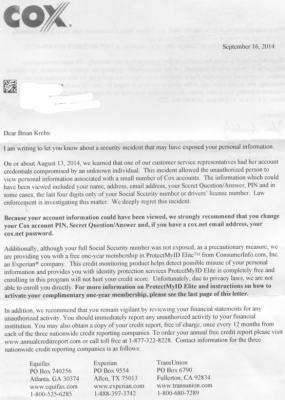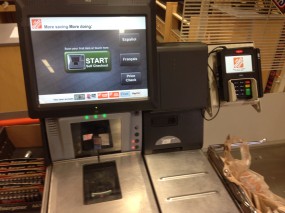A Florida man was sentenced today to 27 months in prison for trying to purchase Social Security numbers and other data from an identity theft service that pulled consumer records from a subsidiary of credit bureau Experian.
Derric Theoc, 36, pleaded guilty to attempting to purchase Social Security and bank account records on more than 100 Americans with the intent to open credit card accounts and file fraudulent tax returns in the victims’ names. According to prosecutors, Theoc had purchased numerous records from Superget.info, a now-defunct online identity theft service that was run by Vietnamese individual named Hieu Minh Ngo.
Ngo was arrested in 2012 by U.S. Secret Service agents, after he was lured to Guam by an undercover investigator who’d proposed a business deal to expand Ngo’s personal consumer data stores. As part of a guilty plea, Ngo later admitted that he’d obtained personal information on consumers from a variety of data broker companies by posing as a private investigator based in the United States.
Among the biggest brokers that Ngo bought from was Court Ventures, a company that was acquired in March 2012 by Experian — one of the three major credit bureaus. Court records show that for almost ten months after Experian completed that acquisition, Ngo continued siphoning consumer data and paying for the information via cash wire transfers from a bank in Singapore.
After Ngo’s arrest, Secret Service investigators in early 2013 quietly assumed control over his identity theft service in the hopes of identifying and arresting at least some of his more than 1,000 paying customers.
Theoc is just the latest in a string of identity thieves to have been rounded up for attempting to purchase additional records after the service came under the government’s control. In May, I wrote about another big beneficiary of Ngo’s service: An identity theft ring of at least 32 people who were arrested last year for allegedly using the information to steal millions from more than 1,000 victims across the country. Continue reading














